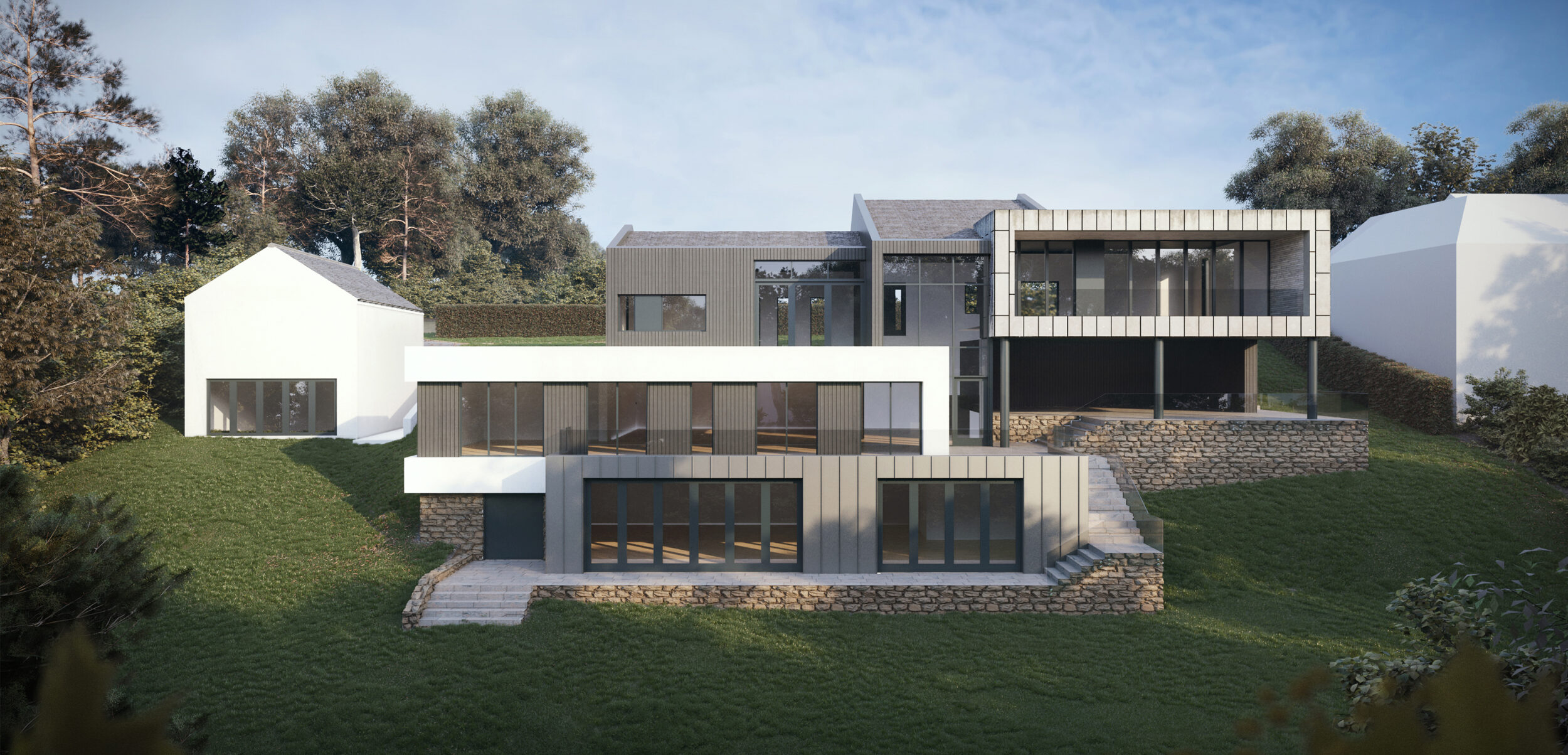If you're considering building a new dwelling in a picturesque location like Belle Vista in Wraxhall, Bristol, you may come across a unique opportunity to use permitted development rights as a trade-off when knocking down an existing dwelling to make way for a new build. In this article, we will explore how permitted development rights can be leveraged in this context, using Belle Vista as an example.
Permitted Development Rights: What are They?
Permitted development rights are a set of planning rules that allow property owners to make certain changes to their properties without the need for full planning permission. These rights are granted by the government and provide flexibility in the types of changes that can be made to a property, as long as they meet specific criteria.
Knocking Down and Rebuilding: The Trade-Off
In some cases, property owners may wish to knock down an existing dwelling and replace it with a new build. However, obtaining planning permission for a new build can be a complex and time-consuming process, with no guarantee of approval. This is where permitted development rights can offer an alternative approach.
One strategy that can be employed is to negotiate with the local planning authority (LPA) to trade permitted development rights as a trade-off for knocking down an existing dwelling and building a new one. This means that you can offer to adhere to certain conditions or restrictions in exchange for the LPA allowing you to proceed with the new build without obtaining full planning permission.
Using Belle Vista as an Example
Belle Vista, located in Wraxhall, Bristol, is a picturesque area known for its scenic views and natural beauty. If you own a property in Belle Vista and are considering knocking down an existing dwelling to build a new one, you may be able to leverage permitted development rights as a trade-off.
For example, you could offer to limit the size or height of the new build, use specific materials that blend with the local surroundings, or include sustainable features in the design, in exchange for the LPA granting you permitted development rights for the new build. This approach allows you to negotiate with the LPA and find a balance between your development goals and the preservation of the local environment.
It’s important to note that each case is unique and the specific conditions and restrictions will vary depending on the location, size, and scope of the development. It’s crucial to work closely with the LPA and seek professional advice from architects, planners, and other experts to ensure that you are fully compliant with the regulations and requirements of permitted development rights.
Benefits of Trading Permitted Development Rights
Trading permitted development rights when knocking down and rebuilding can offer several benefits. Firstly, it can expedite the development process, as it eliminates the need for a lengthy planning permission application and approval process. This can save time, effort, and costs associated with obtaining full planning permission.
Secondly, it can provide more flexibility in the design and construction of the new build. By negotiating with the LPA, you may be able to achieve a design that meets your specific needs while also adhering to local planning regulations and preserving the character of the area.
Lastly, it can be a win-win situation for both the property owner and the local community. The property owner gets the opportunity to build a new dwelling, while the local community benefits from the preservation of the local environment and the adherence to specific conditions or restrictions that enhance sustainability or visual aesthetics.
Conclusion
Trading permitted development rights can be a viable strategy when knocking down an existing dwelling and building a new one, especially in areas like Belle Vista in Wraxhall, Bristol.
